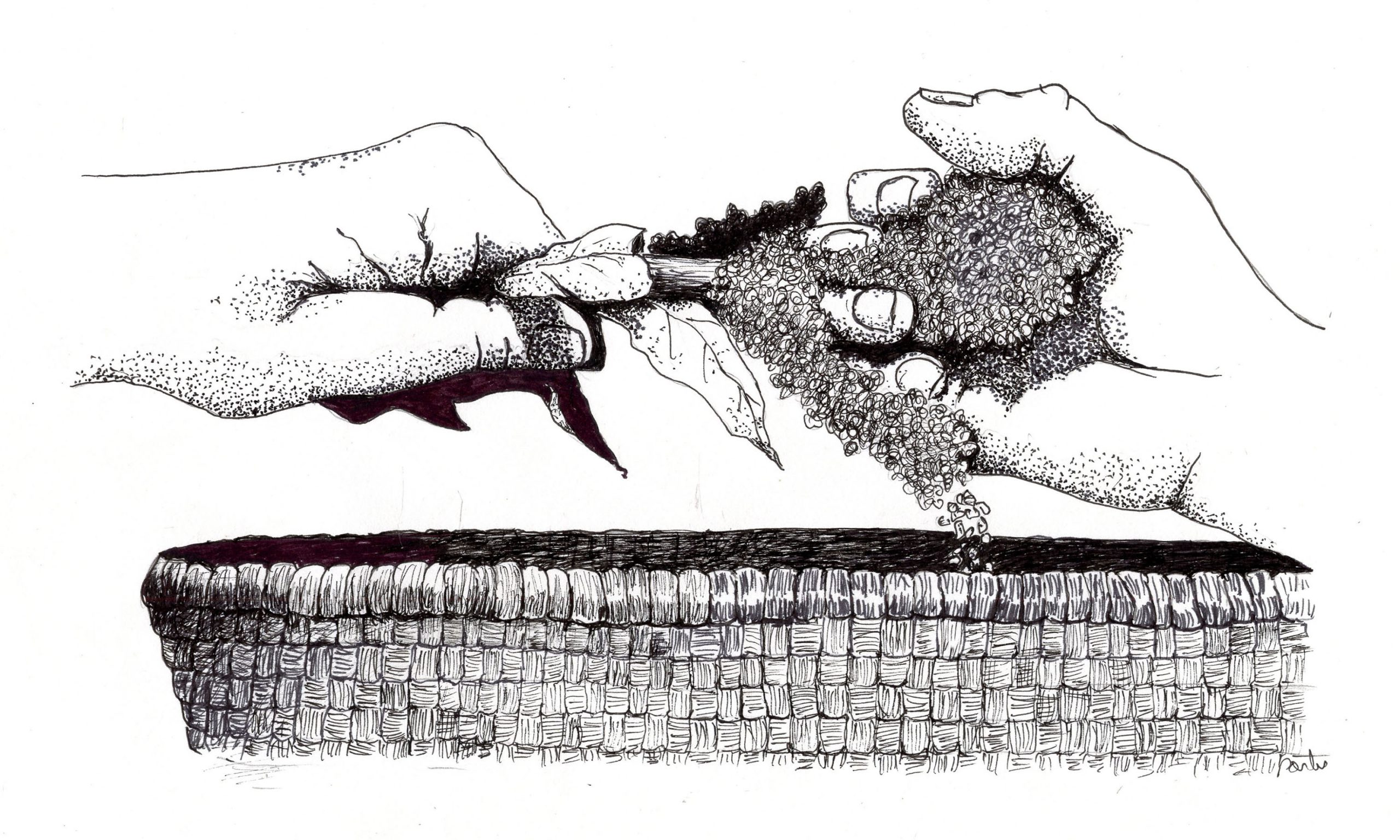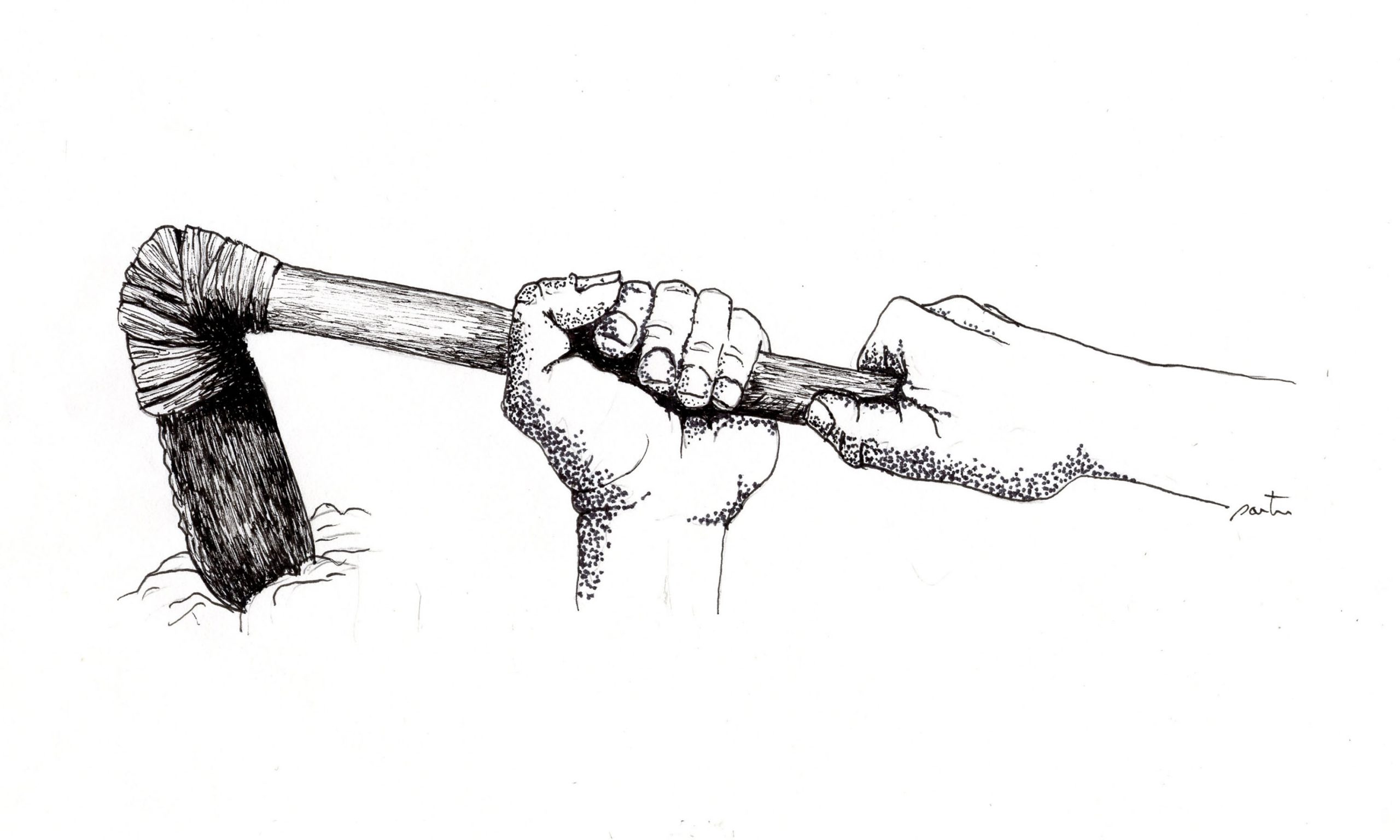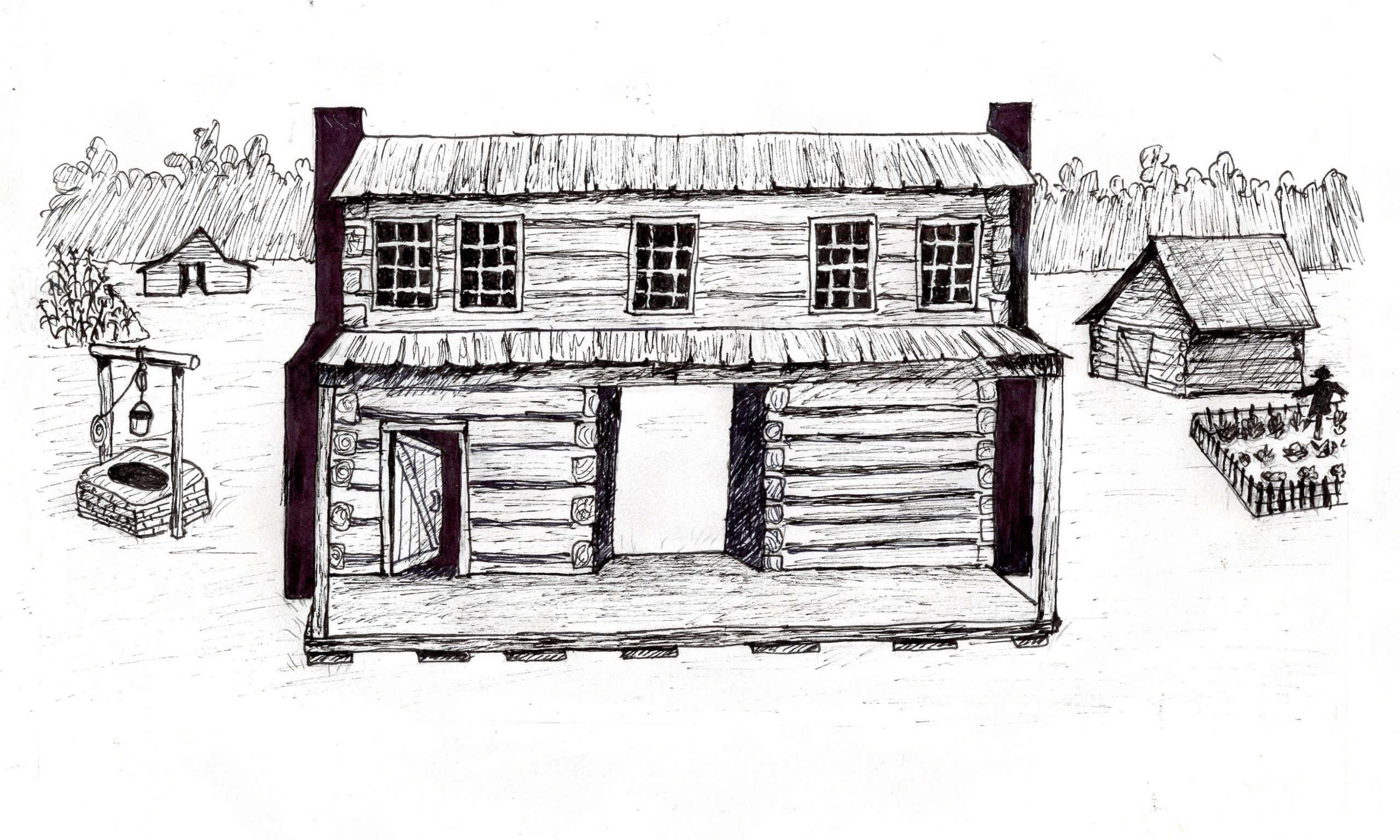Gardening, Gathering, and Agriculture Teaching Materials
The Gathering, Gardening, and Agriculture curriculum is available as a downloadable pdf or a printed book. You can order a hard copy of the book from the Arkansas Archeological Survey. The activities and course materials are available as pdfs and PowerPoints to make duplication and class preparation easier. We are working towards having links to videos to help you and your class learn more about the background of each lesson. Also check out the Arkansas Archeological Survey’s Gardens pages to learn more about specific plants used by Indigenous people of Arkansas.
Lesson One: Archeology is About People
Archeology is the study of the human past through the objects that people made and left behind. This lesson provides the foundation for the exploration of Native American foodways. Students learn how to define archeology and dispel popular misconceptions about it. They also gain an understanding of the importance of context and chronology in archeology.
Lesson Two: Foraging Foodways
Lesson Two defines foodways and examines the cultural, nutritional, and economic practices related to what early foragers, or hunter gatherers, produced and ate in the southeastern United States between 9,000-650 BC during the Archaic Period. It focuses on Rockhouse Cave in Petit Jean State Park. Students learn about the antiquity of the foods they eat.
Lesson Three: First Gardens
Archeologists who specialize in the study of plants and seeds have shown that by 3000 years ago, Native American communities domesticated and cultivated local crop plants and were increasingly relying on gardening as a critical part of their foodways. In this lesson, students learn about Arkansas’s first gardeners, while continuing to develop the conceptual tools of archeology. They examine stratigraphy, identify seed samples, and infer ancient plant use by interpreting the samples.
Lesson Four: Changing Gardens and Evolving Fields
The shift from foraging to gardening to agriculture changed Native American foodways and this in turn changed other aspects of culture for people living during the Mississippi Period (AD 900-1600). In this lesson, students learn about American Indian views on how their ancestors first acquired corn, beans, and squash, explore how and why certain locations were better suited for large scale agriculture, and examine maps of Archaic, Woodland, and Mississippian sites to identify similarities and differences between people living during successive time periods with different foodways, living arrangements, and community organization.
Lesson Five: Stability and Change in Early Colonization
During the early period of colonization, Europeans adopted native foodways more than the other way around. When Indians accepted new foods, such as watermelons or chickens, it was because planting or tending requirements were similar to native species (like squash or turkeys). Archeologists learn about colonial era foodways from two sources: plant and animal remains preserved at archeological sites dating to that period and written records (such as ship manifests or merchant inventories) produced by Europeans. Studies that use both sources of information require a combination of archeological and historical methods.
Bonus Lesson: Many People, Many Plates
This bonus lesson can be used to reinforce understanding of the Gathering, Gardening, and Agriculture curriculum or as a separate lesson. Students explore the origins of plant foods and the mechanisms by which they came to be common ingredients in the foods we eat today. By mapping their food, students learn about geography, trade, and history, and see the immediate effects of colonization and cross-cultural interactions, as related to plant use.





